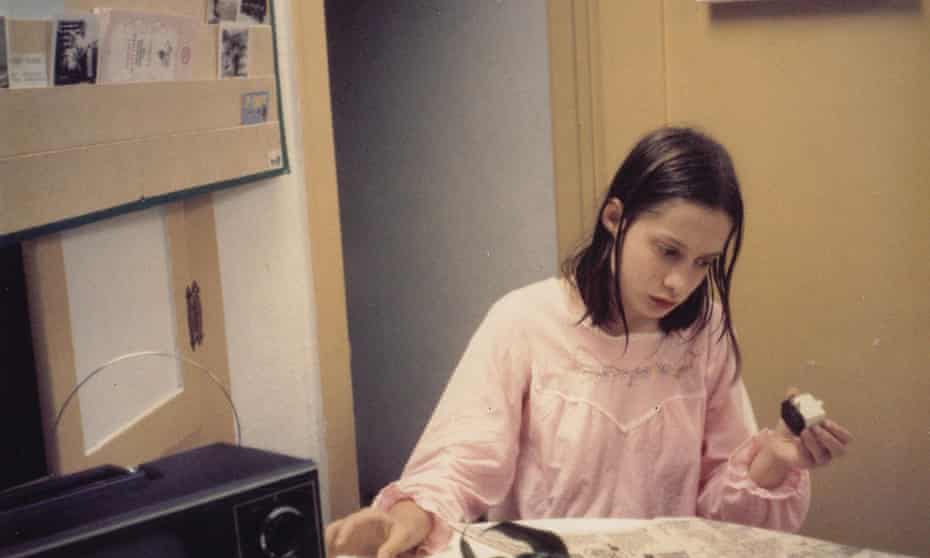Throughout history, there have been several accounts of feral children. They are often called wild children. These kids have been isolated from human contact in their early years and often do not understand essential human and social functions. One famous feral child was Genie, who was discovered in the seventies.
An American “feral child,” Genie was raised in a lifeless basement and often abused her cruel father. She was isolated from the world and never taught essential human or social functions. She was only discovered when she was 14 on November 4, 1970.
Who is Genie Wiley?
Susan Wiley, often called Genie by the public, was born in 1957. She was the fourth child of former assembly-line machinist Clark Wiley and Oklahoma refugee Irene Oglesby. Wiley’s father was raised by a brothel worker and developed a strong disliking towards children. He didn’t want to have kids.
When the couple had their first child, Clark Wiley left her in the cold garage to freeze when she wouldn’t be quiet. Their second child died during infancy due to a congenital disability, but their third and fourth child, John and Susan, survived. When Clark Wiley’s mother died, he became crueler. He locked Susan in the basement after concluding that the child was mentally disabled.
The young Wiley was not allowed to interact with anyone. She was strapped to a potty trainer despite the fact she wasn’t potty-trained. Wiley was also often caged up in a baby crib that had chicken wire covering it. Her father would beat her with a large wooden plank for any action she’d do that would upset him. She was not taught anything and instead was treated like an animal. (Source: All That’s Interesting)
How Did Genie Escape Her Father’s Cruelty?
In 1970, Wiley was brought by her mother to a social services office by mistake. Irene Wiley, who was practically blind at the time, thought the office was where blind individuals could get help from the government. The workers in the office noticed something odd about Wiley. She was hopping like a bunny instead of walking normally.
Upon closer examination of the child, healthcare professionals uncovered that she was 14 years old but looked like an eight-year-old due to malnutrition. The professionals also discovered that Wiley had limited motor skills and could not speak nor chew. (Source: All That’s Interesting)
This discovery led to the welfare services filing a case against Wiley’s parents. They were charged with child abuse, but the case was dropped when Wiley’s father committed suicide a day before court. Authorities also discovered that Wiley’s mother was not aware of her daughter’s harsh treatment in the thirteen years of her life. (Source: The Clio)
Genie’s Recovery
Wiley was placed under the care of several foster parents, and the National Institute of Mental Health (NIMH), as well as the scientific community, had so much interest in her. NIMH provided funding for scientific research and study of Wiley.
Wiley underwent multiple rehabilitation steps and was administered many emotional and cognitive tests to assess her condition. The initial result of the assessment showed that Wiley had the mental ability equivalent to a one-year-old.
The feral child began to make rapid progress, proving her father’s claim that she was mentally disabled incorrect. Wiley quickly learned how to use the toilet and essential grooming properly. Researchers also noticed that despite Wiley’s poor communication skills, she had a solid ability to communicate non-verbally.
However, Wiley was placed in multiple foster homes after NIMH pulled out funding research on her. She was returned to her birth mother in 1975 but was then shipped to foster care when her mother couldn’t care for her.
It was later discovered that Wiley suffered further abuse and neglect in the foster homes she was sent to. This caused her progress to be severely compromised. Wiley’s condition regressed as she was terrified to open her mouth to speak. (Source: Very Well Mind)
